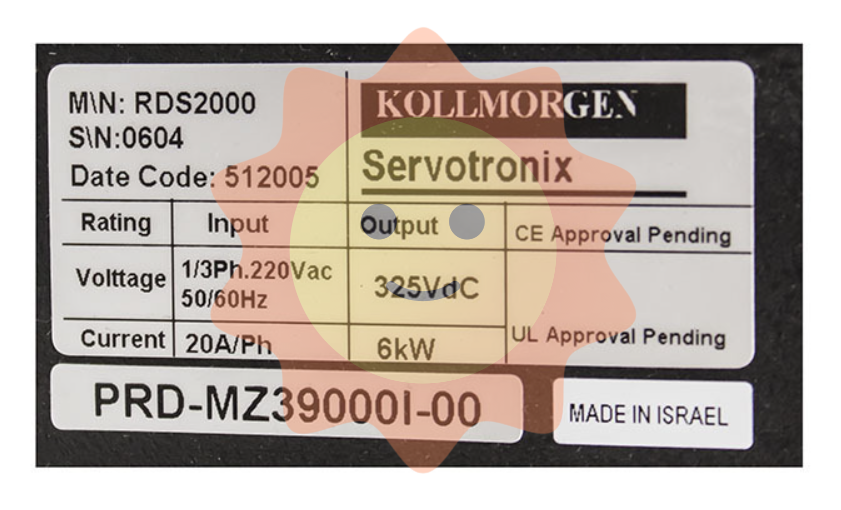In the great era of green electricity infrastructure, nuclear power will take off again
In order to improve the safety and economy of nuclear power, the third generation of nuclear power has gradually taken the center stage of nuclear power since 2000. China is a "latecomer" in the sense of the word, but with policy support and a mature nuclear industry system, it successfully achieved a curve overtaking, and created a national brand such as the independent three-generation nuclear power technology "Hualong One". The world's first nuclear reactors of AP1000, EPR and Hualong One are located in China, and China's CAP1400 and Hualong One, which have independent intellectual property rights, will open the world nuclear power market as the trump card of nuclear power "going out" in the future. Compared with the second generation of nuclear power technology, the unit life has been extended from 40 years to 60 years, the refuelling cycle has been extended from 12 months to 18-24 months, and the single reactor power has been increased to reduce the unit investment, which has greatly improved the economy of nuclear power.
With the evolution and development of nuclear energy technology, the International nuclear energy community has put forward higher requirements for nuclear power technology, and in July 2001, the fourth Generation of nuclear energy system International Forum (GIF) was established and put forward the fourth generation of nuclear power technology concept. At the end of 2002, GIF and the US Department of Energy jointly issued the "fourth generation Nuclear Energy system Technology Roadmap", selecting six types of gas cooled fast reactor, lead cooled fast reactor, molten salt reactor, sodium cooled fast reactor, supercritical water cooled reactor, ultra-high temperature gas cooled reactor, as the focus of future international cooperation research of GIF. On the road of four generations of nuclear power development, China has once again reached the forefront of the world. The fourth-generation nuclear power technology has the characteristics of minimizing nuclear waste, greatly improving safety, improving economy, and preventing nuclear proliferation, and aims to reach the level of practical use by 2030, which will have a revolutionary impact on the nuclear power industry and the entire energy industry. The high-temperature gas-cooled reactor, developed by the Institute of Nuclear Energy and New Energy Technology of Tsinghua University, has started construction of the first demonstration power station in Shidaowan, Shandong Province, which has inherent safety without traditional risks such as core melting under the most serious accident. The fast reactor, developed by the China Institute of Atomic Energy, can increase the utilization rate of uranium resources to more than 60% by forming a closed cycle of nuclear fuel, while minimizing the generation of nuclear waste and minimizing radioactive waste. The China Experimental Fast Reactor has been successfully completed, and the Fujian Xiapu Fast Reactor demonstration project began construction in December 2017.

After more than 30 years of development, China's nuclear power industry has caught up with the world's advanced technology and scale. In the future, the safety, economy and low-carbon requirements of nuclear power will continue to increase, and will be widely involved in international cooperation and competition, we believe that with a complete and efficient supply chain, as well as a strong design and development capability, China's nuclear power industry will continue to progress, and will break through the nuclear fusion, nuclear fuel reprocessing and other higher barriers.
2 High-quality power supply attributes promote the positive development of nuclear power
2.1 Outstanding economy of nuclear power
The initial construction investment of nuclear power projects is high, but the competitiveness of nuclear power projects is prominent after considering the whole life cycle cost after operation, fuel and waste disposal costs. Even if the cost of the third generation of nuclear power increases, its economy is still very strong. Moreover, the design life of domestic nuclear power has a margin of 40-60 years, and it will generally apply for a life extension of 20 years after the expiration, further enhancing the profitability of nuclear power. Using the levelized power cost LCOE to evaluate, according to the IEA calculation, in 2021, China's pressurized water reactor nuclear power plant LCOE is about 65 US dollars /MWh, second only to photovoltaic US $35 /MWh and land wind US $45 /MWh, and has an advantage over coal power. As a base load energy, considering long-term operating costs, it has a strong substitution ability for thermal power and gas power generation from the cost side.
2.2 Outstanding green electricity attribute of nuclear power
From the perspective of carbon emission level, environmental friendliness, and the promotion of energy conservation and emission reduction in other related industries, nuclear power is well-deserved green electricity.
Nuclear power itself has the advantage of low carbon emissions. From the perspective of the whole life cycle, according to the United Nations Intergovernmental Panel on Climate Change (IPCC) estimates that nuclear power brings normalized carbon emissions of only 12g CO2, its greenhouse gas emissions are the same as wind power, and almost lower than all other energy sources.
- EMERSON
- Honeywell
- CTI
- Rolls-Royce
- General Electric
- Woodward
- Yaskawa
- xYCOM
- Motorola
- Siemens
- Rockwell
- ABB
- B&R
- HIMA
- Construction site
- electricity
- Automobile market
- PLC
- DCS
- Motor drivers
- VSD
- Implications
- cement
- CO2
- CEM
- methane
- Artificial intelligence
- Titanic
- Solar energy
- Hydrogen fuel cell
- Hydrogen and fuel cells
- Hydrogen and oxygen fuel cells
- tyre
- Chemical fiber
- dynamo
- corpuscle
- Pulp and paper
- printing
- fossil
- FANUC
- Food and beverage
- Life science
- Sewage treatment
- Personal care
- electricity
- boats
- infrastructure
- Automobile industry
- metallurgy
- Nuclear power generation
- Geothermal power generation
- Water and wastewater
- Infrastructure construction
- Mine hazard
- steel
- papermaking
- Natural gas industry
- Infrastructure construction
- Power and energy
- Rubber and plastic
- Renewable energy
- pharmacy
- mining
- Plastic industry
- Schneider
- Kongsberg
- NI
- Wind energy
- International petroleum
- International new energy network
- gas
- WATLOW
- ProSoft
- SEW
- wind
- ADVANCED
- Reliance
- YOKOGAWA
- TRICONEX
- FOXBORO
- METSO
- MAN
- Advantest
- ADVANCED
- ALSTOM
- Control Wave
- AB
- AMAT
- STUDER
- KONGSBERG
- MOTOROLA
- DANAHER MOTION
- Bently
- Galil
- EATON
- MOLEX
- Triconex
- DEIF
- B&W
- ZYGO
- Aerotech
- DANFOSS
- KOLLMORGEN
- Beijer
- Endress+Hauser
- MOOG
- KB
- Moxa
- Rexroth


Email:wang@kongjiangauto.com













































































































